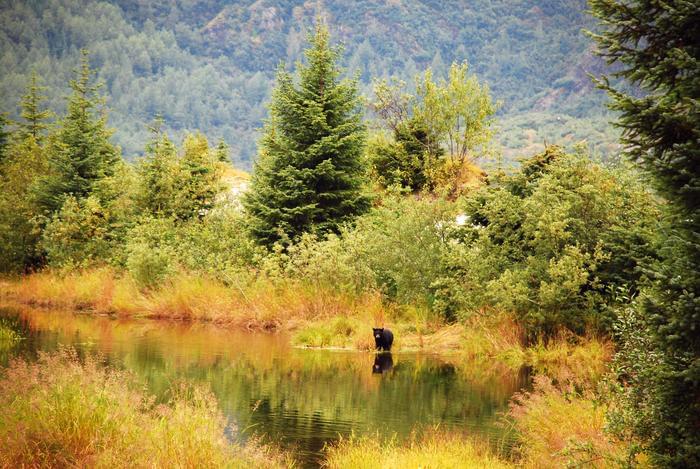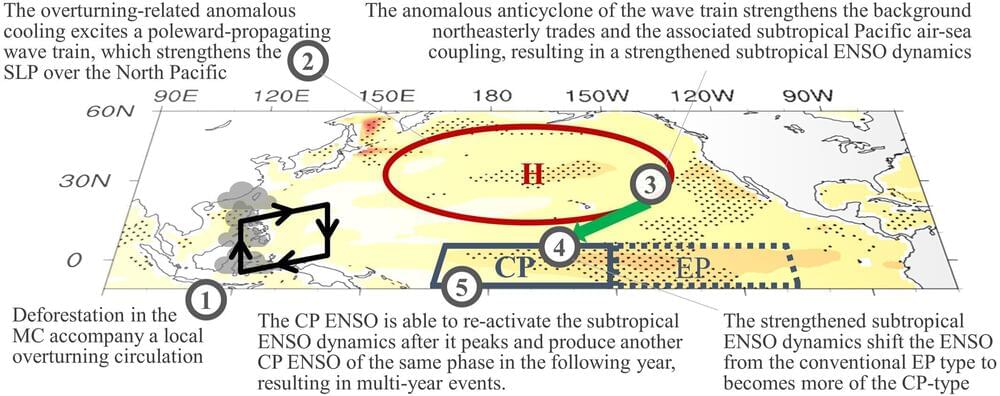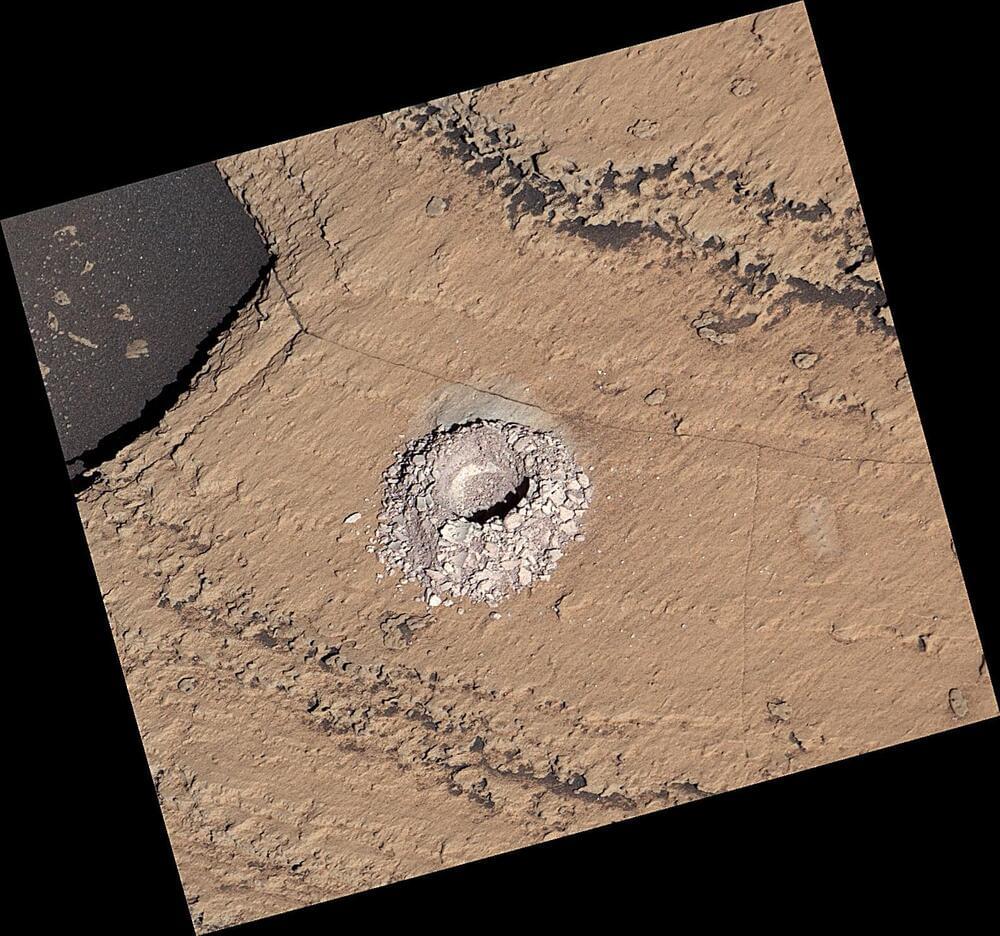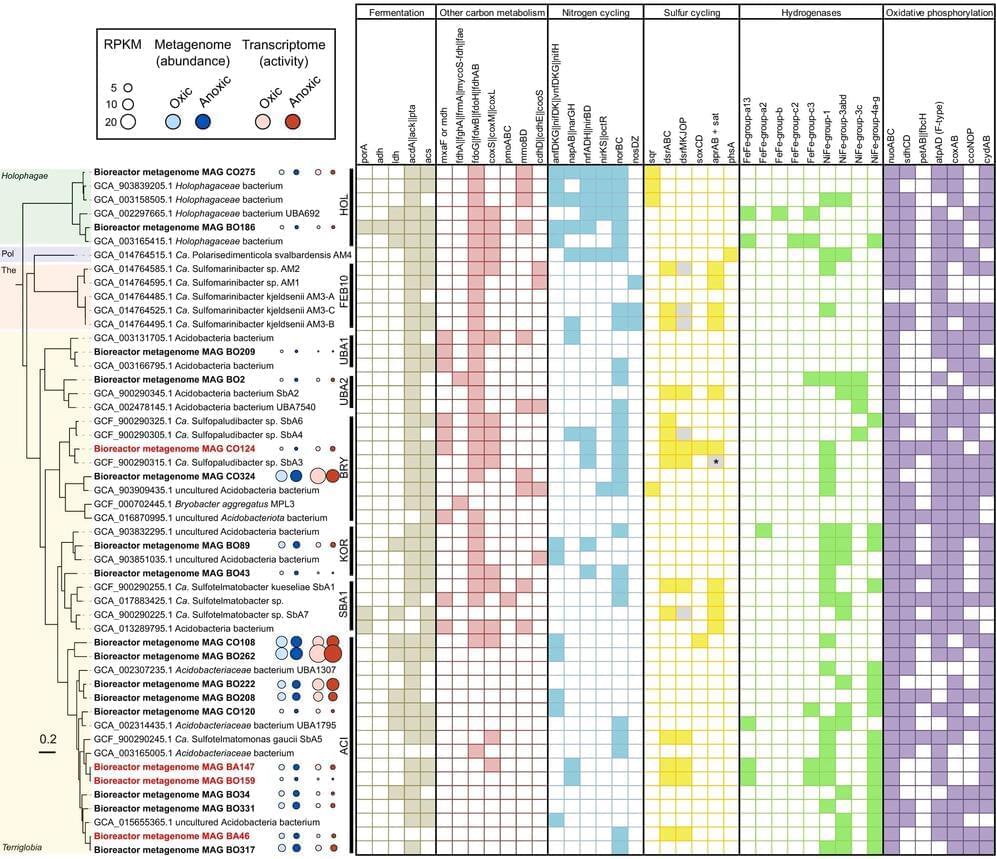Nov 10, 2023
Noise-canceling headphones could let you pick and choose the sounds you want to hear
Posted by Gemechu Taye in categories: climatology, mobile phones, robotics/AI
The technology that makes it possible, called semantic hearing, could pave the way for smarter hearing aids and earphones, allowing the wearer to filter out some sounds while boosting others.
The system, which is still in prototype, works by connecting off-the-shelf noise-canceling headphones to a smartphone app. The microphones embedded in these headphones, which are used to cancel out noise, are repurposed to also detect the sounds in the world around the wearer. These sounds are then played back to a neural network, which is running on the smartphone; then certain sounds are boosted or suppressed in real time, depending on the user’s preferences. It was developed by researchers from the University of Washington, who presented the research at the ACM Symposium on User Interface Software and Technology (UIST) last week.
The team trained the network on thousands of audio samples from online data sets and sounds collected from various noisy environments. Then they taught it to recognize 20 everyday sounds, such as a thunderstorm, a toilet flushing, or glass breaking.
















